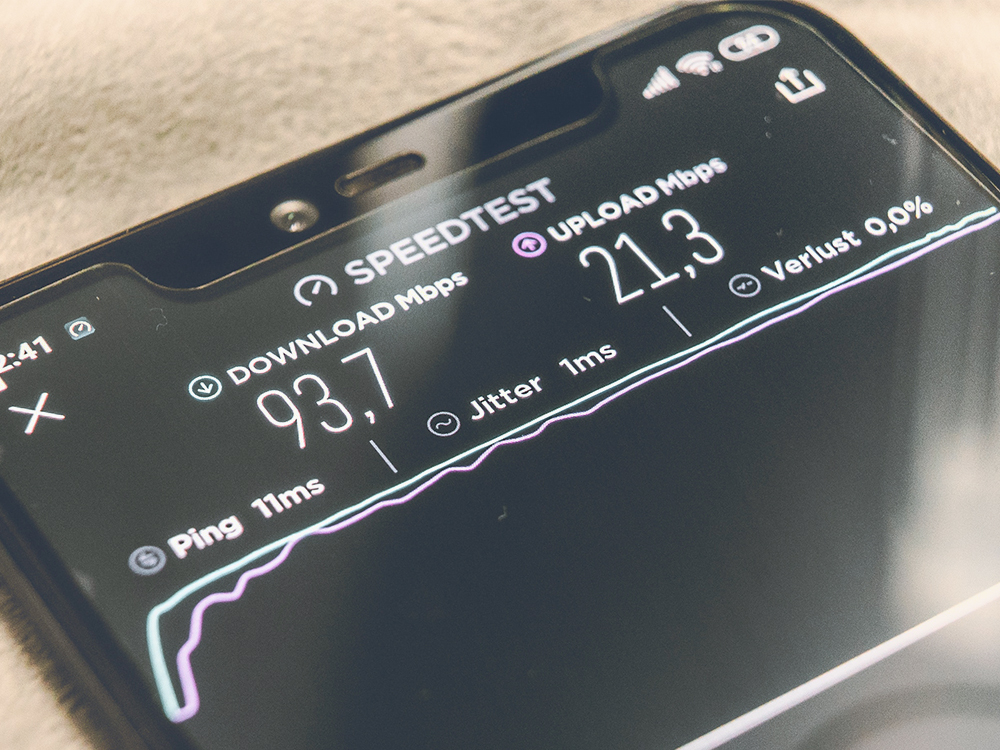5 Things to Know About 5G
10.14.2019

There’s a lot of talk about 5G, as this new generation of wireless technology begins to roll out.
But what exactly is it and how is it different from 4G? And when will it become ubiquitously available?
Dr. Zygmunt J. Haas, Distinguished Chair in Computer Science in the Erik Jonsson School of Engineering and Computer Science, shares five things to know about 5G:
-
- It’s faster. 5G will transfer data at much higher rates, making it faster to stream movies, realize virtual reality and run Internet of Things applications such as checking video home security systems – all from mobile devices, Haas said. 5G will allow enhanced human-to-machine interaction and massive deployment of sensor networks.
-
- It will reduce latency, or the lag time in transmitting data. This will allow new technologies to emerge. 5G is essential in time-critical applications, for example, self-driving car technology. It will allow cars to communicate with other cars and sensors while incurring minimal delay, thus making such information useful for accident prevention, for example. “Driver-assisted vehicles will rely on information from adjacent vehicles. You need such information in real time,” Haas said. 5G will also facilitate technologies such as remote surgeries, with the surgeon using a VR headset and controlling a robot performing the operation at another location.
-
- It carries data on higher frequency radio waves. Radio waves can support higher data rates at higher frequencies. But they also travel across shorter distances only. For that reason and for sufficient coverage, 5G will require additional land infrastructure, such as cellular towers and a network to interconnect the towers. Haas said rolling out the necessary infrastructure will take time.
-
- You will need a new phone to get 5G service. The technology cannot be supported with today’s 4G phones. Until 5G coverage is pervasive, 5G phones will also need to be 4G-capable, so users have consistent coverage.
- It probably won’t be widespread until the mid-2020s. Although 5G is now available in selected and limited areas, don’t expect to see it everywhere for a while. Since the technology requires upgrades not only to the wireless segment, such as phones and towers, but also to the core network, Haas estimates that we’ll see widespread use around 2025. “Five to 10 years from now, 5G will be the main standard,” he said.
— Kim Horner



